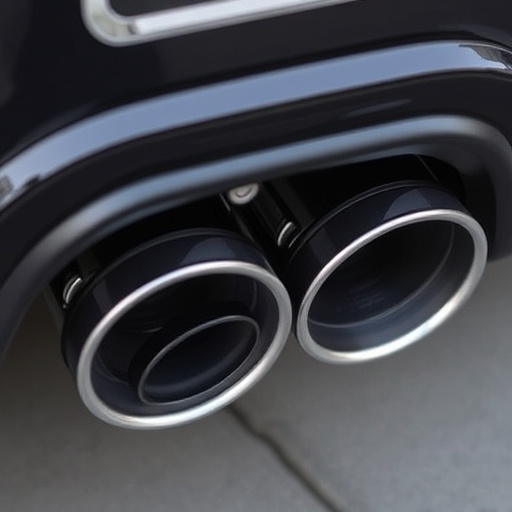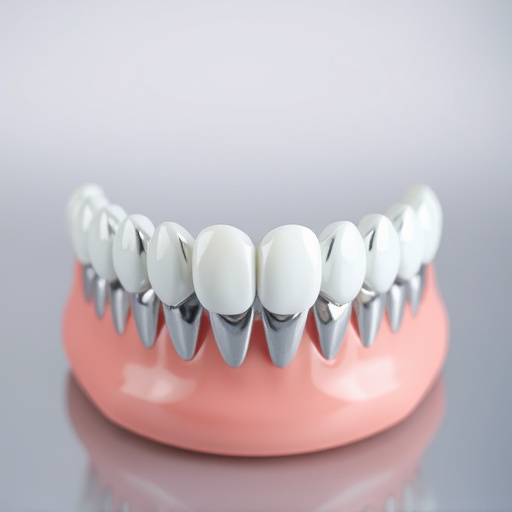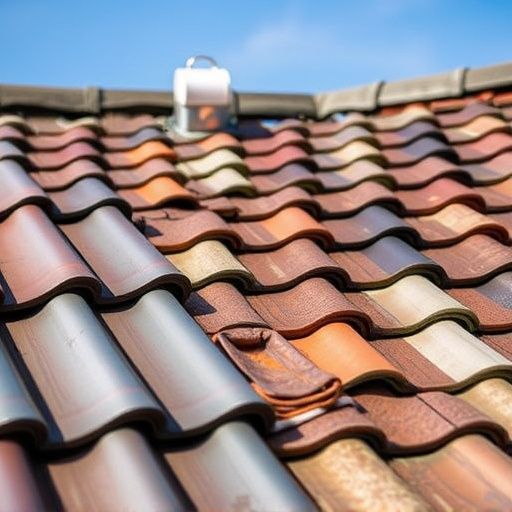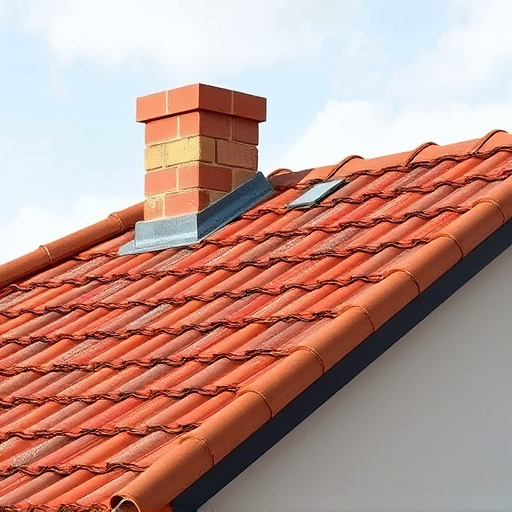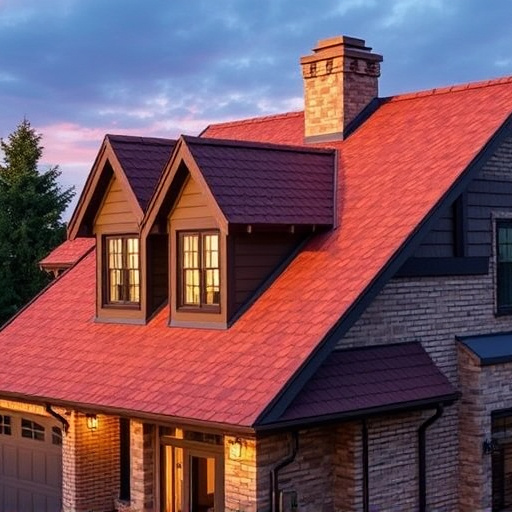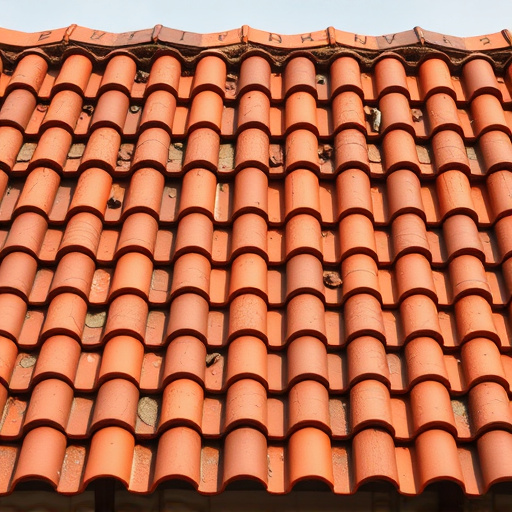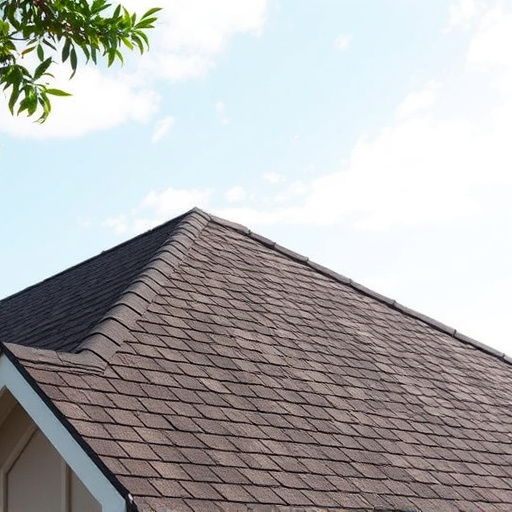When choosing new siding, consider vinyl's low maintenance and wood-like appeal versus fiber cement's superior rot, mold, and fire resistance. Vinyl is ideal for weather-prone areas and energy efficiency, while fiber cement offers long-term durability, eco-friendliness, and timeless aesthetics. Homeowners should balance environmental impact, longevity, and cost to make an informed decision about their new siding.
When considering new siding for your home, the choice between vinyl and fiber cement is a popular debate. Both offer attractive, low-maintenance options, but which performs better? This article dives into the details, comparing their durability, environmental impact, and cost to help you decide. From understanding the materials’ unique traits to analyzing performance and long-term value, we’ll guide you in choosing the ideal new siding for your needs.
- Understanding Vinyl and Fiber Cement Siding
- Performance and Durability Comparison
- Environmental Impact and Cost Analysis
Understanding Vinyl and Fiber Cement Siding
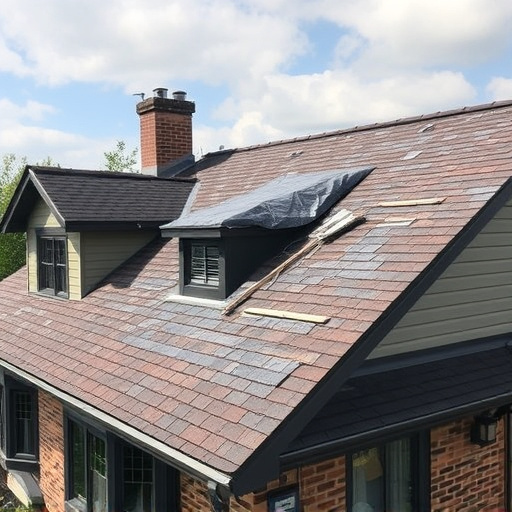
When considering a new siding for your residential property, understanding the options is key. Vinyl and fiber cement are two popular choices among homeowners looking to enhance their home’s exterior. In terms of new siding, each material has its unique advantages and attributes that can impact your decision.
Vinyl siding is a synthetic product known for its durability and low maintenance requirements. It’s an attractive option for roofing and siding projects as it mimics the look of wood or stone without the ongoing upkeep. On the other hand, fiber cement siding is made from a mixture of cement, cellulose fibers, and minerals, offering excellent resistance to rot, mold, and fire. This tough material requires minimal maintenance but can be more challenging to install compared to vinyl, often necessitating professional help for roof replacement or major residential siding projects.
Performance and Durability Comparison

When it comes to performance and durability, both vinyl and fiber cement siding offer impressive options for new siding installations. Vinyl stands out for its exceptional impact resistance, making it a top choice for homes in areas prone to severe weather conditions. It’s also incredibly low-maintenance, as it doesn’t require painting or sealing and is resistant to fading, chipping, and cracking. On the other hand, fiber cement siding excels in fire resistance and durability, outperforming many other materials over time. It won’t warp, rot, or attract pests like wood, ensuring a longer lifespan without significant maintenance efforts on the part of homeowners.
When considering new siding replacement or installation for your home exterior services, these factors are key. Both options provide excellent protection against the elements and add aesthetic appeal to your property, but they cater to different priorities. Vinyl is ideal for those seeking hassle-free upkeep and enhanced energy efficiency, while fiber cement is preferred by folks who value fire safety, long-term durability, and a timeless look that complements various architectural styles.
Environmental Impact and Cost Analysis
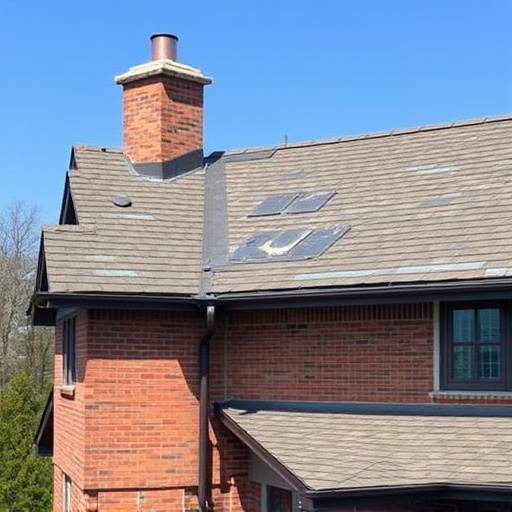
When comparing vinyl vs. fiber cement for new siding, environmental impact and cost are key factors to consider. In terms of sustainability, fiber cement emerges as a clear winner. This natural material is made from a combination of cement, sand, and cellulose fibers, offering a greener alternative to synthetic vinyl. Its production requires less energy and generates fewer greenhouse gas emissions compared to the petroleum-based composition of vinyl. Additionally, fiber cement siding is highly durable and low maintenance, reducing the need for frequent siding repairs or replacements, thereby minimizing waste.
On the other hand, while vinyl siding might be more affordable upfront, its long-term costs can add up. Although it requires little to no upkeep, vinyl’s limited lifespan means regular replacement will be necessary. In contrast, fiber cement siding can last for decades with minimal deterioration, saving homeowners money in the long run. When considering new siding options, factoring in the environmental impact and cost analysis ensures a responsible and economical choice for your home exterior services or roofing services needs.
When it comes to choosing new siding, both vinyl and fiber cement offer viable options. Vinyl excels in low maintenance and cost-effectiveness, while fiber cement is renowned for its durability and environmental friendliness. In terms of performance and longevity, fiber cement may have a slight edge due to its resistance to rot and pests. However, the final decision depends on individual preferences, climate conditions, and budget constraints. Both materials provide attractive, low-maintenance solutions for enhancing homes’ exterior appeal.

